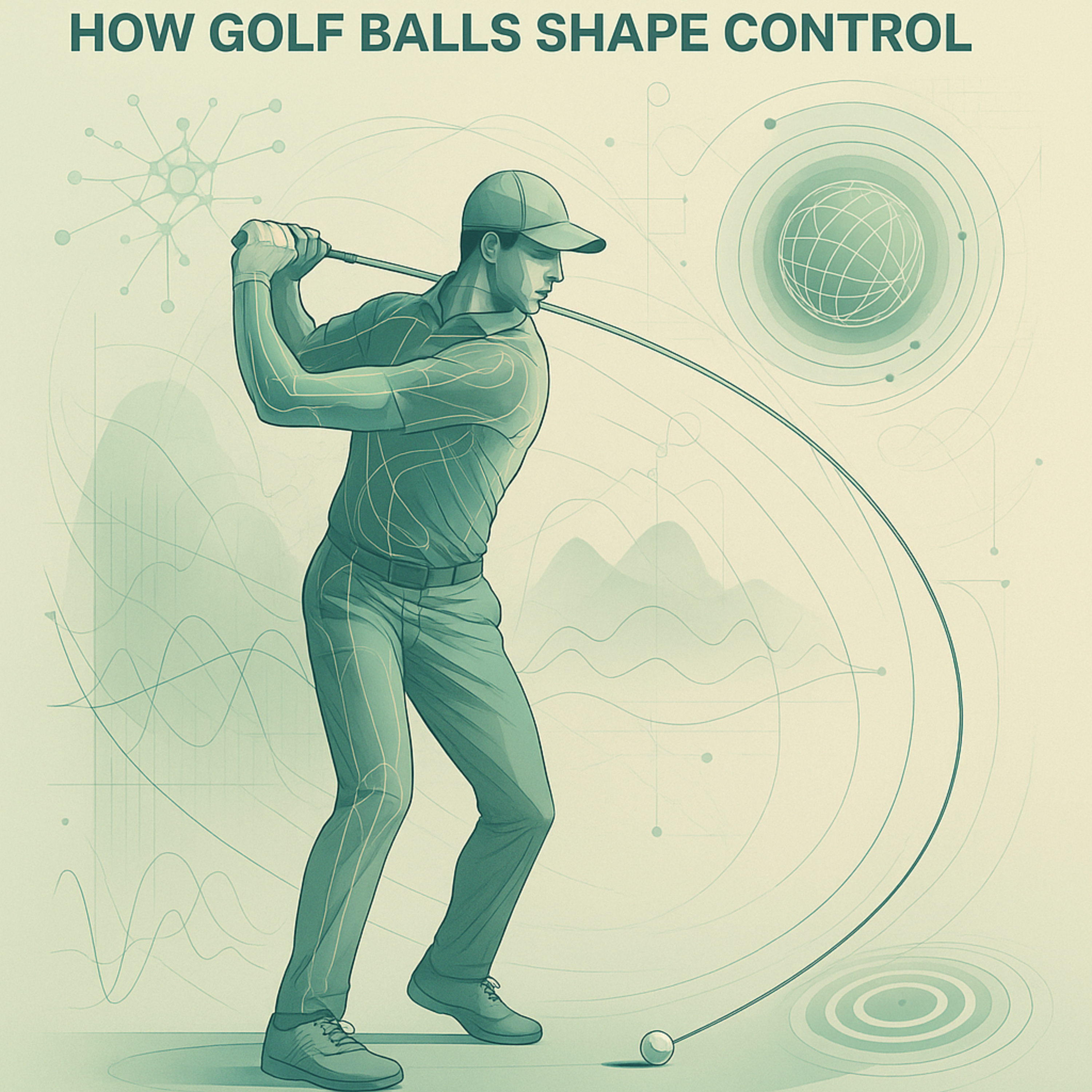#272 The Art of Spin and Stopping Power – How Golf Balls Shape Control
- Author
- Golf247.eu
- Published
- Wed 02 Jul 2025
- Episode Link
- https://podcasters.spotify.com/pod/show/puttin-pro/episodes/272-The-Art-of-Spin-and-Stopping-Power--How-Golf-Balls-Shape-Control-e34v29v
Choosing the right golf ball is more than a matter of brand or feel. It’s about understanding the science behind spin and stopping power—and how these elements can transform your control over the game.
In recent years, many players have asked: Why do some balls spin more than others? Should I choose a soft or firm ball? And what’s the actual benefit of spin? The answer lies in the relationship between ball construction, swing dynamics, and trajectory.
Stopping power refers to a ball’s ability to halt quickly after landing—ideally with one bounce and then a stop. Achieving that control is a balance of spin rate, angle of descent, and course conditions. If your ball doesn’t spin enough, especially on approach shots, it will release and roll too far. Too much spin, particularly with wedges, can cause the ball to zip backward—also a loss of control. True control lies in predictability.
The cover and inner layers of a golf ball play a major role in how much spin it generates. A ball featuring a soft urethane cover over a firmer casing layer—often called a “soft-over-hard” design—creates greater friction at impact. This increased friction leads to higher spin rates, especially on wedge shots where spin is critical for precision.
But not all spin is useful. The goal isn’t simply to generate more spin, but to produce the right kind of spin—combined with an effective descent angle and swing speed—to control the ball on the green.
While ball construction is vital, the golfer is the other half of the equation. Spin and stopping power are influenced by:
– Clubhead speed– Club loft and groove design– Angle and trajectory into the green– Club selection
For example, even the best ball can’t deliver proper stopping power if it’s paired with a poor angle of descent or insufficient club speed. Likewise, a skilled swing with the wrong ball may not yield optimal results.
So how do you choose the right ball?
Ask yourself:– Do I need more or less spin based on my playing style?– Do I like a soft feel off the face or a firmer response?– What behavior do I want when the ball lands—stopping dead or releasing slightly?
The right combination of ball construction, technique, and equipment allows you to shape the ball’s behavior—not just how far it goes, but how it finishes.
Golf is a game of precision. Understanding spin, feel, and stopping power helps you move beyond distance and build true control and consistency into every shot.
